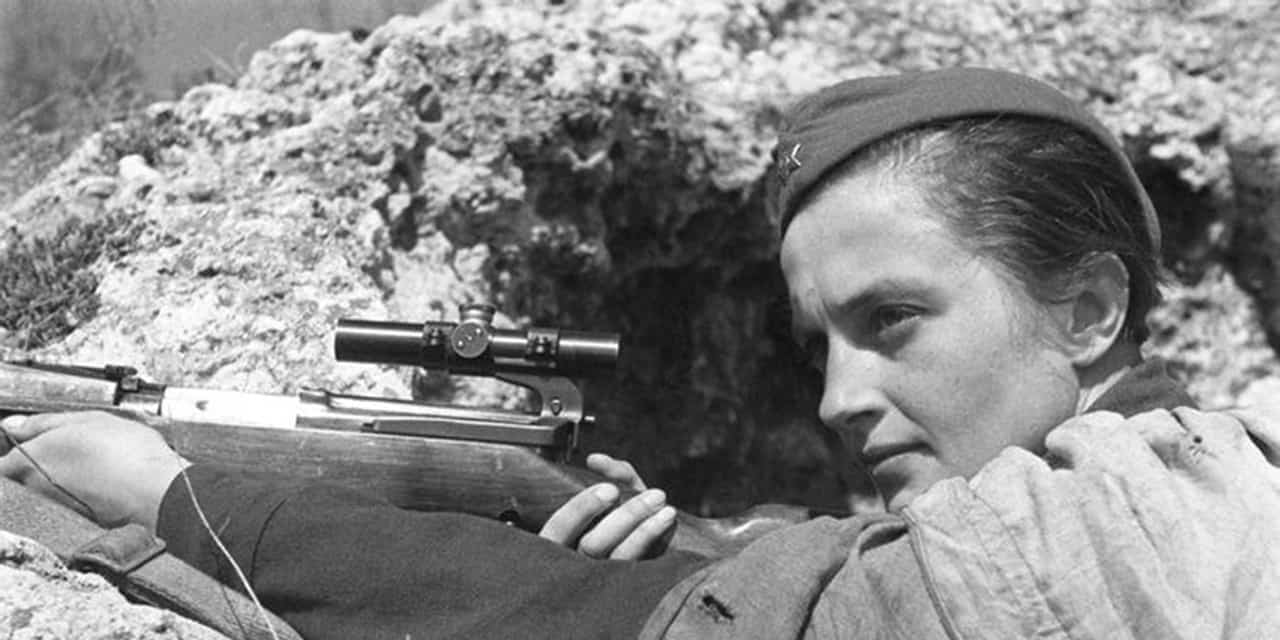World War II’s most lethal female was a young Russian woman who had to work hard to convince the authorities to let her fight on the front lines. When they finally relented, they sent her into combat without a rifle. She eventually got her hands on one, and proved her chops as a deadly sniper when she killed over 300 fascists in less than a year. Following are thirty things about the Lethal Lady Death and other lethal historic figures.

30. History’s Most Lethal Female Sniper
Lyudmila Mikhailovna Pavlichenko, nee Belova, was WWII’s deadliest female sniper, and probably the war’s most lethal female combatant. She was born to Russian parents in Ukraine in 1916, and moved with her family to Kiev when she was young. A tomboy since early childhood, Pavlichenko had a fierce competitive streak in all sports and athletic activities. In her teens, she joined the shooting club of a paramilitary sports organization, the Volunteer Society for Cooperation With the Army, Navy, and Aviation. She took to firearms like a duck to water.

Pavlichenko became an excellent sharpshooter who earned a marksmanship certificate for those skilled at precise shooting, and was awarded a coveted Voroshilov Sharpshooter badge. She got married at age sixteen and had a son, but the marriage fell apart and she supported herself as a grinder in a military factory. She attended Kiev University with plans to become a history teacher and scholar and competed in track as a pole-vaulter and sprinter. She also took a six-month sniper course run by the Red Army. When the Nazis invaded the Soviet Union in 1941, Pavlichenko was in fine fettle to take them on.

